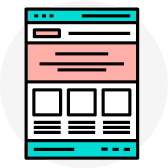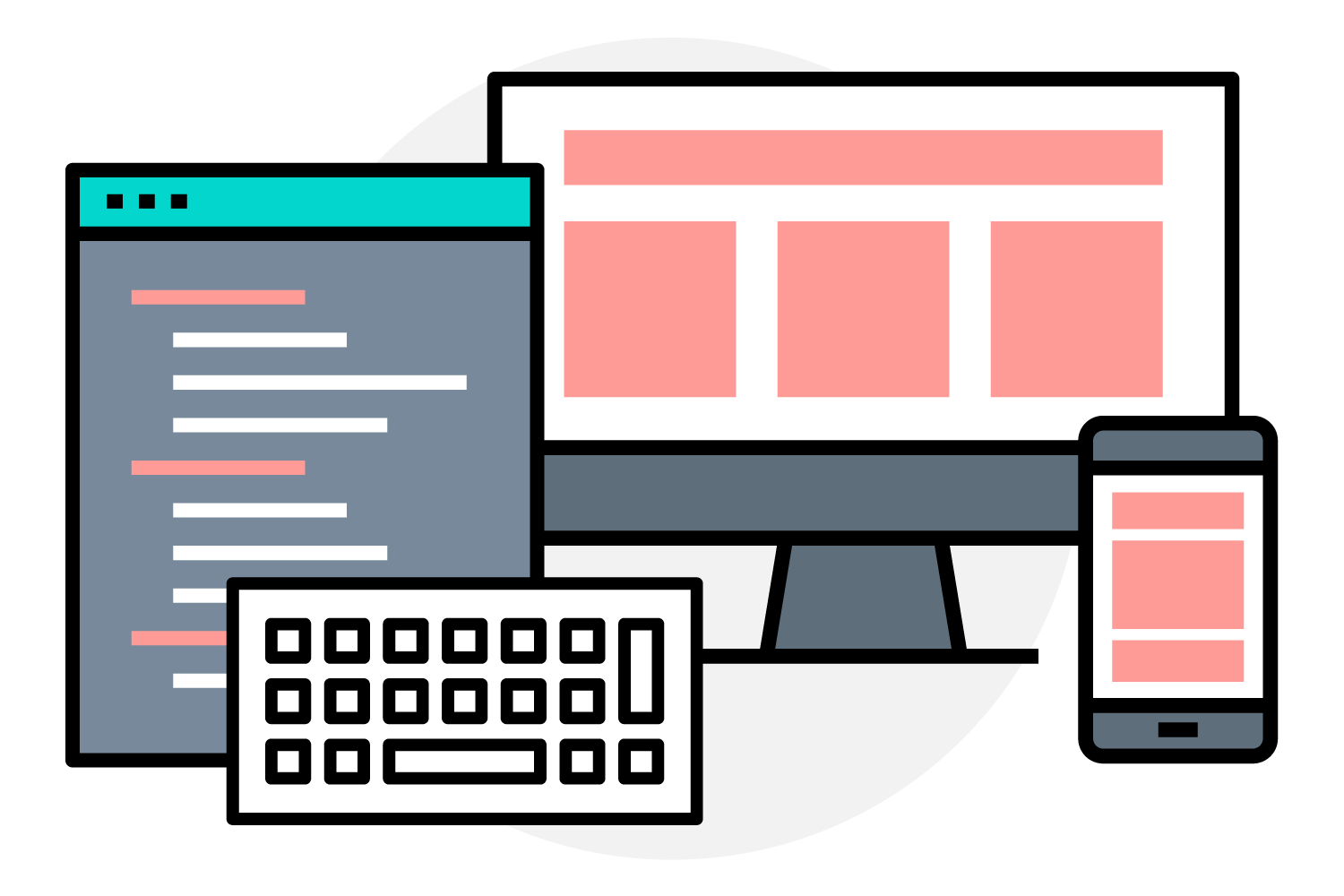Thinking back, it’s funny to reminisce about those long-lost conversations back in 2000 … “meh – you don’t really need a website”. Funny how things change.
In the old days, when my hair was brown and beard was red, we made everything custom. Some things were cool, others were simple. The awards went to the guy who could design the most confusing navigation possible. CMSs weren’t invented, and people only expected to update a website once a year, as it was tied to their print order schedule. Some websites stayed the same for years. If you were really nifty, you spammed the <meta> keywords and were a hero.
Most of the time, after you were done slicing up the psd and getting yelled at by the coder (in my personal case – sorry forever, Carson) there was this funny moment playing with the javascript enabled mouse-over image-switch, thinking you wuz all dat. Such a simple time it was! Back then, things didn’t cost too much. $2,000 went a long way, and each additional $1,000 went even further.
Then, a typical plan looked like:

Make a confusing plan

Build Custom Things

Launch

Celebrate the “GoLive”
What has really changed for the better is what a website is – integrated, responsive, social – all buzzwordy and dynamic. Websites today are fantastic. With social feeds, content is timely, coordinated and current. Fonts are legible on our oft tiny phones. Youtube has given birth to the great age of online video. The burden on the average office staffer to keep content up is for another day’s discussion (hint: give them a raise, or hire another person).
Websites today are also a lot more work to build. We need to optimize images, write better <meta> page titles and descriptions, add Facebook Open Graph data, crunch the .pngs, check everything 5x on every size imaginable, plan for translation services, manage e-comm, and beg for fresh content from the clients. But, we are mostly happy using a more consistent placement of things like navigation. No more “mystery meat” navigation, at least!
Today, a typical plan looks like:

Make an intelligent plan

Prioritize content into blocks

Mobile first design

Optimize text & images for speed

Embed social feeds

SEO data including Open Graph

Minify & deploy

Celebrate the “GoLive”
On the flip side of this, the advent of platforms, frameworks and template system have made things far quicker on the design side. I’ve personally found my benchmark times to get a raw, designed website “up” – but empty, is extraordinarily fast today, and there are many in Red Deer much quicker than me, I’m sure. These platforms and frameworks have made the average “design” deployment faster, leaving more time for the time-intensive optimizations mentioned above.
So, bringing this back to cost, today – to build a website well, we do many more tasks on any given project. The number of these new tasks that gets done relate to budget, and what systems any one developer uses in their workflow. I think the morale of this story is not that a “website should cost $X”. It’s about accepting that the websites we produce today are far more complex than the websites of the past, and preparing yourself as a customer or developer for the ever growing list of things needing doing, or what you are willing to let go of.
it’s about accepting that the websites produced today are far more complex than the websites of the past, and preparing for the ever growing list of things needing doing.


0 Comments